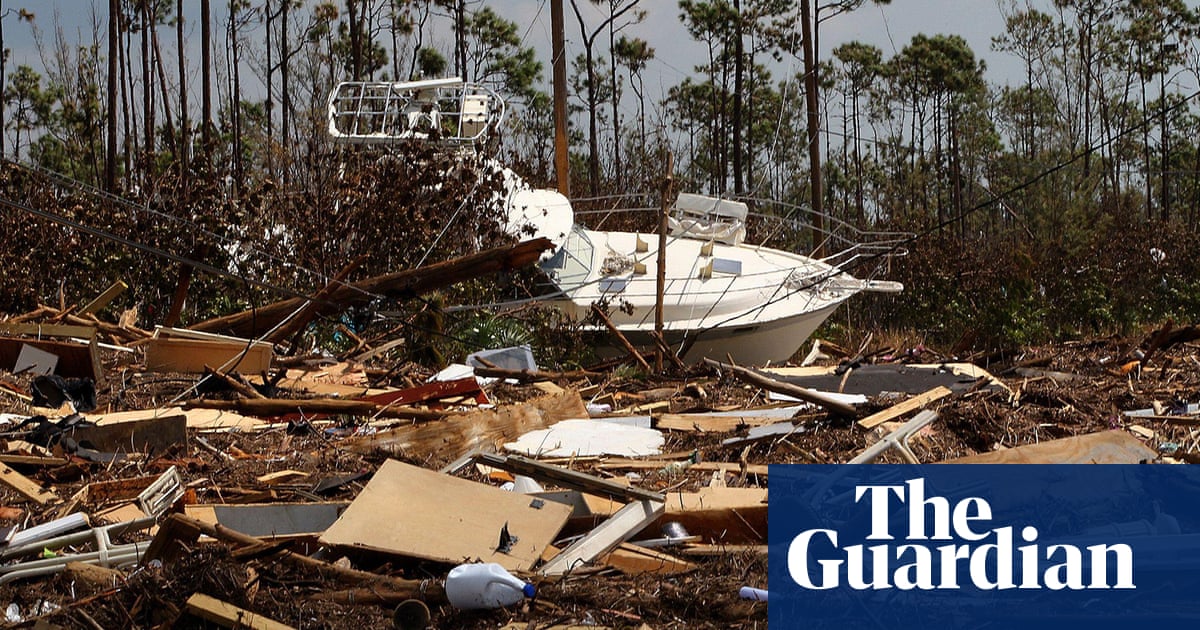The article sheds light on the alarming vulnerability of island species to severe tropical cyclones, particularly in the wake of Hurricane Dorian's devastating impact on the Bahamas. It highlights the plight of the Bahama nuthatch and reveals that approximately 60 other species face similar fates, emphasizing the urgency of conservation efforts.
Purpose of the Publication
The primary aim behind this article appears to be raising awareness about the fragility of island ecosystems and the immediate threats posed by climate change. By presenting the dire statistics regarding species at risk, the authors advocate for increased conservation actions, urging readers and policymakers to take the issue seriously.
Perception Creation
The narrative is designed to evoke a sense of urgency and concern regarding biodiversity loss, particularly among vulnerable species endemic to specific islands. By focusing on the imminent threat posed by cyclones, the article encourages readers to recognize the interconnectedness of climate events and species survival, fostering a protective mindset.
Information Omission or Deception
While the article presents factual data regarding species at risk, it may not delve into broader discussions about the underlying causes of climate change or the socio-economic factors that exacerbate these environmental challenges. This selective focus could lead to a perception that the issue is solely about natural disasters rather than a complex interplay of human activity and environmental degradation.
Manipulative Potential
The article could be seen as somewhat manipulative in its framing, primarily through its emotive language and focus on the immediate threats to species. By emphasizing the "one cyclone away from extinction" narrative, it might invoke fear, which could drive action but also create anxiety without offering comprehensive solutions.
Factual Accuracy
The information presented is grounded in research, with references to studies published in reputable journals, which enhances its credibility. However, the interpretation of data and its implications may attract scrutiny, as the urgency conveyed could overshadow the nuances involved in biodiversity conservation.
Public Perception and Impact
The article likely resonates with environmentalists, conservationists, and the general public concerned about ecological issues. It aims to mobilize support for conservation initiatives and may influence public discourse on climate change and biodiversity, potentially leading to policy changes or increased funding for conservation efforts.
Economic and Political Scenarios
This article could influence economic discussions around funding for conservation projects and disaster preparedness initiatives. Politically, it may prompt calls for stronger environmental regulations and international cooperation in addressing climate change, thus impacting global agreements on environmental protection.
Target Audience
The content is tailored for environmentally conscious communities, including activists, students, and policymakers. By addressing a wide audience, it seeks to inspire collective action toward biodiversity conservation.
Market Influence
In financial markets, this news could affect companies involved in environmental services or disaster recovery, potentially influencing stock prices of firms that prioritize sustainability. Investors might become more cautious about industries linked to fossil fuels or those contributing to climate change.
Geopolitical Relevance
While the article primarily focuses on biodiversity, it indirectly touches on global climate dynamics that could influence geopolitical relations, particularly among island nations vulnerable to climate change. The ongoing discourse on climate resilience is relevant in contemporary discussions, emphasizing its importance on the world stage.
AI Influence
It is plausible that AI tools were utilized in data analysis for the study referenced, possibly in mapping cyclone impacts or analyzing species vulnerability. Such technology can enhance the depth of research presented but may also lead to oversimplified narratives if not carefully contextualized.
In conclusion, the article serves as a critical reminder of the urgent need for conservation efforts, backed by credible data, although it could simplify complex environmental issues. Its persuasive narrative aims to galvanize public and political support for biodiversity protection.
